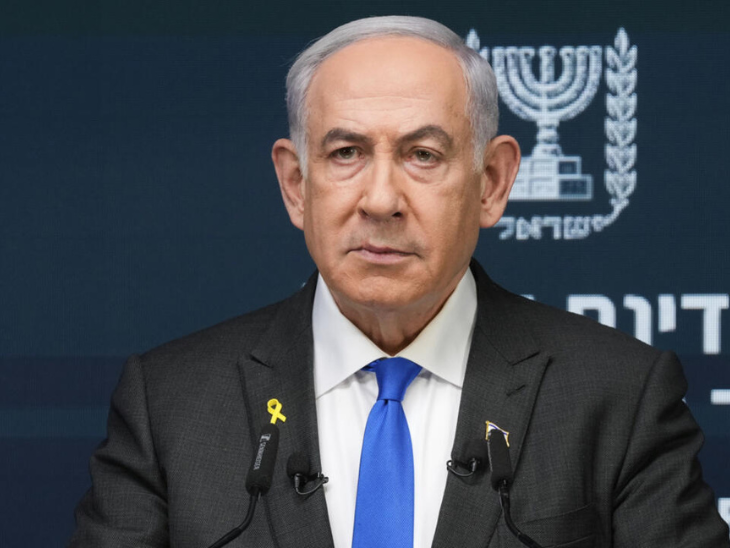A ceasefire could be announced between Israel and Hezbollah in Lebanon in the next 24 hours. According to a CNN report, the Israeli cabinet will vote on the ceasefire agreement today. Israeli Prime Minister Benjamin Netanyahu approved the ceasefire plan.
Earlier on Sunday, Hezbollah launched the largest attack against Israel so far. Hezbollah used more than 250 missiles in this attack. According to the report, Netanyahu also discussed the ceasefire plan with Israeli officials on Sunday.
Israel killed Hezbollah leader Hassan Nasrallah in an attack on September 27. Three days later, Israel launched a ground operation against Hezbollah in Lebanon late on the night of October 1.
Israeli leaders call ceasefire a misstep
Israeli National Security Minister Itamar Ben Gvir called Netanyahu’s ceasefire decision a misstep. Itamar said that if there was a ceasefire, it would provide an opportunity to completely eliminate Hezbollah. This would be a historic error. Ben Gvir has long opposed the ceasefire with Hezbollah.
In addition to Ben Gvir, Benny Gantz, who was part of the Israeli war cabinet, asked Netanyahu to present information regarding the ceasefire to the people. Benny Gantz resigned from the Israeli war cabinet in June this year. He accused Netanyahu of failing to properly manage Gaza.
America reached a ceasefire agreement
Last week, Amos Hochstein, a US official, met with Lebanese Prime Minister Nizab Mikati and Parliament Speaker Nibah Barry. During this period, talks took place between Israel and Hezbollah regarding a ceasefire.
After talks in Lebanon, Amos arrived in Israel on Wednesday, where talks were held to finalize the ceasefire. In this plan, a ceasefire was proposed between Israel and Hezbollah for the next 60 days.
During these 60 days, work will be done between the two to implement a permanent ceasefire. This plan was prepared based on United Nations Resolution 1701.
Amos Hochstein (left) is a senior advisor to US President Joe Biden.
What is UN Resolution 1701
In July 2006, Hezbollah fighters crossed the Lebanese border and killed 8 Israeli soldiers. In addition, two soldiers were taken hostage. Hezbollah thus wanted to exchange prisoners with Israel.
However, Israel launched airstrikes and ground operations against Hezbollah in response to the deaths and hostage-taking of soldiers. This war lasted between the two for a month. After that, a ceasefire proposal between the two was presented to the UN.
This proposal was accepted by the United Nations Security Council on August 11, 2006. This proposal itself is known as UN Resolution 1701.
According to this resolution, the lands occupied by Israel along the southern border of Lebanon were evacuated by Israel. At the same time, Lebanese troops were deployed in areas liberated by Hezbollah.
Israel eliminated senior Hezbollah leaders
Israel had eliminated its top leaders in Lebanon before even beginning its ground operations. The most prominent name was that of Hezbollah leader Hassan Nasrallah. On September 27, Israel attacked Beirut, Lebanon, with an 80-ton bomb.
Nasrallah was killed in this attack. Besides Nasrallah, his successor Hashim Saifieddin was also killed by Israel in an attack on October 8.
——————————————–
Hezbollah attacked Israel with its own copy of the missile: prepared by reverse engineering with the help of Iran, production also began in Lebanon
The Lebanese fighting group Hezbollah uses the advanced Almas missile against Israel. The peculiarity is that Hezbollah prepared this missile by reverse engineering the Israeli Spike anti-tank missile. here….
Hezbollah’s largest attack on Israel, fired 250 missiles: Targeting Tel Aviv intelligence bases, response to week-long Israeli attack
Tension has once again increased amid reports of a ceasefire between Israel and Lebanese Hezbollah. On Sunday, Hezbollah attacked Israel with more than 250 missiles and drones. This is the largest attack ever recorded in 13 months since October 7, 2023. here….

